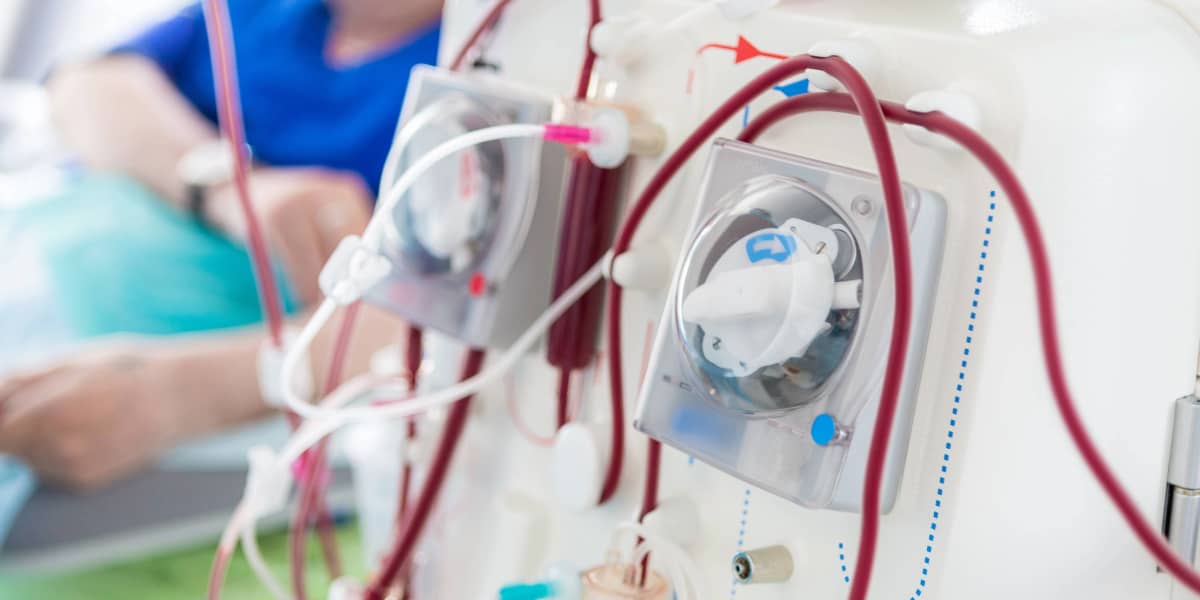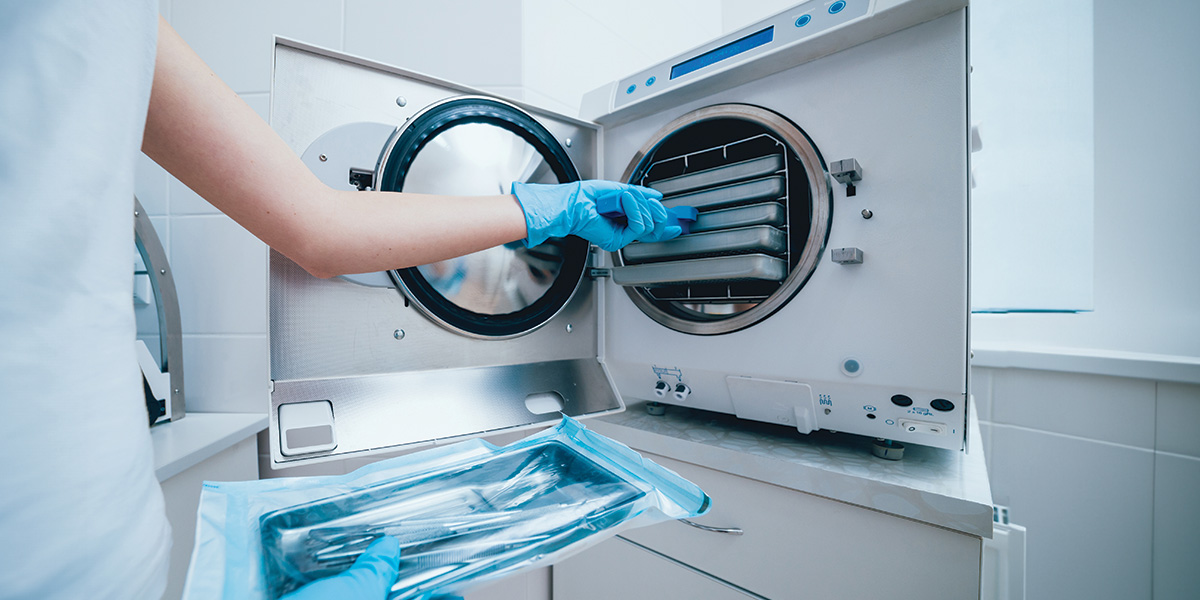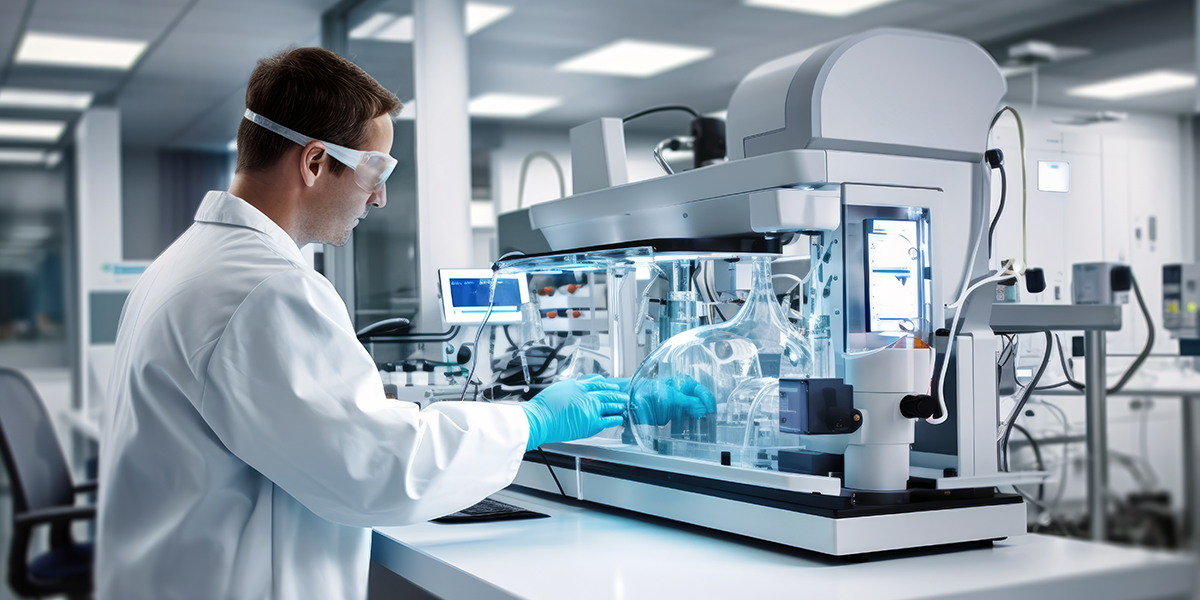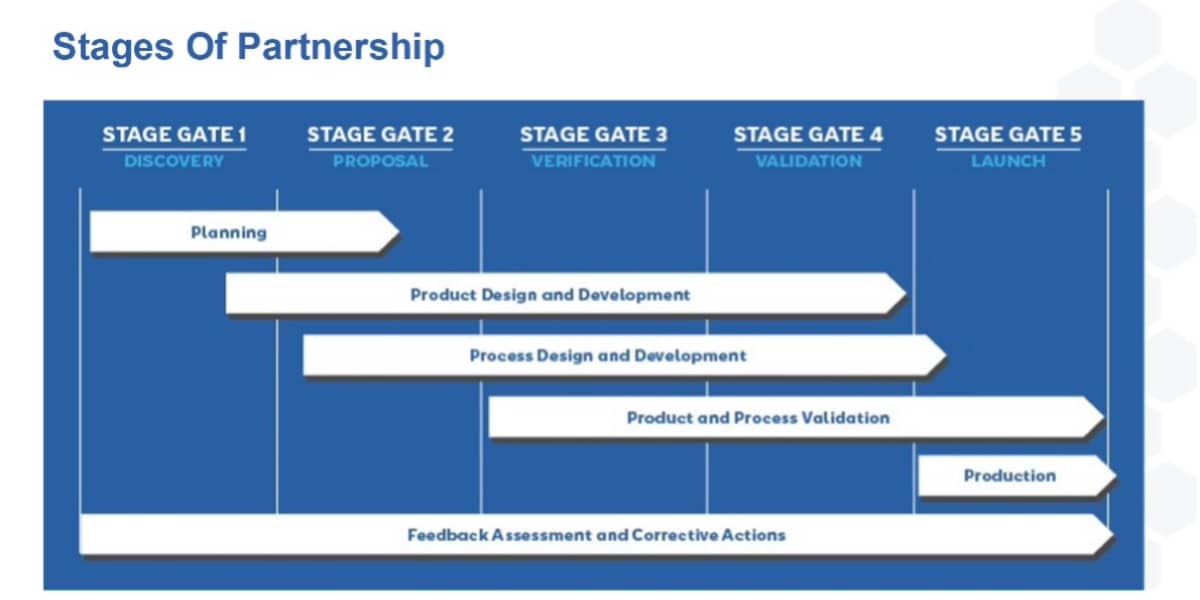Pumping Highly Concentrated Cleaning Solutions Through Disinfection and Sterilization Equipment
Key Takeaways: Fluid Metering’s chemically compatible pumps for disinfection systems handle aggressive agents like hydrogen peroxide and peracetic...
3 min read
Stephanie Moreau & Colin Rademacher : 7/10/23 8:23 AM

Key Takeaways:
Dialysis machines are medical devices used to treat patients with kidney failure by cleaning their blood of toxins, excess fluids, and electrolytes. Clinical dialysis, home hemodialysis, and peritoneal dialysis are the three primary types of dialysis. This white paper will discuss each type, including their flow rates, sizes, fluid requirements, and temperatures. Additionally, we will guide you on why selecting valveless piston pumps for a new dialysis machine is the best solution.
Clinical Dialysis:
Typically, dialysis takes place in a clinical dialysis center or hospital where a patient’s blood transfers from the body via an access point, filters through a dialysis machine and returns the clean blood back to the patient. The dialysis machine has a blood pump, dialyzer, and a control system. The dialyzer is a hollow fiber membrane that filters the blood. The flow rate for clinical hemodialysis typically ranges from 300 to 500 mL/min.
Home Hemodialysis:
Home hemodialysis (HHD) is a type of dialysis performed at home by the patient or a caregiver. Home hemodialysis machines are smaller than clinical dialysis machines and usually have a flow rate range of 200-300 mL/min. Resembling clinical dialysis centers, the machine used for home hemodialysis has a blood pump, dialyzer, and control system. However, the compact design makes it ideal for home environments. In general, these machines use a water purification system to ensure the water is free of impurities that could harm the patient. Conversely, home hemodialysis machines have the capability to make their own water by using a reverse osmosis system. Reverse osmosis is a water purification technology that uses a semi-permeable membrane to remove impurities and contaminants from water.
Home hemodialysis machines with reverse osmosis systems can produce high-quality water for dialysis in the patient's home. The machines require periodic service and maintenance to ensure there are no issues with the sensors that monitor the quality of the water. Another important feature of home hemodialysis machines is their ability to self-clean. After each dialysis treatment, the machine goes through a cleaning process to prevent cross-contamination from one treatment to the next. The cleaning process involves the use of a disinfectant solution circulated through the machine's tubing, filters, and dialyzer to kill any bacteria or viruses. Notably, there are home hemodialysis machines that have automated cleaning and disinfection cycles. These cycles use heat, chemicals, or a combination of both to thoroughly clean and disinfect the machine. Automated cleaning and disinfection cycles are normally more effective than manual cleaning and reduce the risk of cross-contamination between treatments.
Peritoneal Dialysis:
Peritoneal dialysis (PD) is a type of dialysis performed inside the patient's abdomen. Using a catheter dialysis solution is infused into the peritoneal cavity where it remains for several hours to allow the exchange of waste and fluids between the patient's blood and the dialysis solution – fluid is drained from the abdomen, and the process is repeated. PD machines are smaller and more straightforward than clinical and home hemodialysis machines and do not require a blood pump. The flow rate for PD is much lower, usually around 10-20 mL/min.
Fluids and Temperatures:
There are different fluids used in each type of dialysis. A dialysate fluid solution is common for clinical and home hemodialysis. This solution contains electrolytes and other components that help remove blood toxins. The temperature of the dialysate solution is usually around 37°C. In PD, the dialysis solution is glucose-based. The temperature of the solution is typically around room temperature, between 20-22°C.
There are key factors to consider when choosing the right pump for a next-generation dialysis machine, including required flow rates, types of fluid used, along with operating pressure and accuracy of the pump. The most widely used pump for dialysis machines is a positive displacement pump. These types of pumps deliver a precise and constant flow rate, which is essential for ensuring accurate dialysis treatment. Among positive displacement pumps, valveless piston pumps are a popular choice for dialysis machines due to their high accuracy and flow rate capabilities.
Choosing the Right Pump:
Valveless piston pumps use a reciprocating and rotating motion to generate flow. Fluid Metering valveless piston pumps deliver precise and consistent flow rates over a wide range of pressures, and can administer a variety of fluids, including water, saline, and dialysate. Additionally, these valveless piston pumps have a long lifespan and can operate reliably for years with minimal maintenance. When selecting a valveless piston pump for a dialysis machine, it is important to consider the required flow rate, pressure, and fluid compatibility. The pump must be capable of managing the flow rate required for the specific dialysis treatment and be able to deliver the fluid at the required pressure. Other factors to consider when selecting a valveless piston pump for a dialysis machine include the pump's size, power consumption, and noise level. The pump should be compact enough to fit within the dialysis machine while still delivering the required flow rate and pressure. It should also consume minimal power to keep operating costs low and be quiet enough to prevent disturbance to the patient during treatment.
In summary, a valveless piston pump is the preferable solution for a next-generation dialysis machine. Fluid Metering valveless piston pumps meet the flow rate and pressure requirements for a next-generation dialysis machine while being highly accurate and precise, making them the best choice when selecting a pumping technology for any dialysis machine.

Key Takeaways: Fluid Metering’s chemically compatible pumps for disinfection systems handle aggressive agents like hydrogen peroxide and peracetic...

1 min read
Key Takeaways: Fluid Metering’s microfluidic pumps for next-gen medical devices enable precision diagnostics, lab-on-a-chip integration, and...

Key Takeaways: For OEM fluid handling projects in medical device manufacturing, selecting a supplier with subject matter expertise, GMP-compliant...